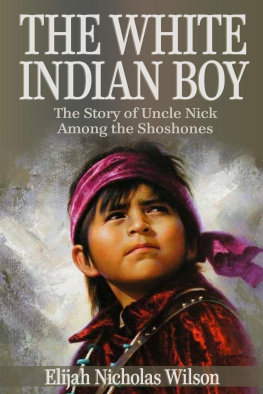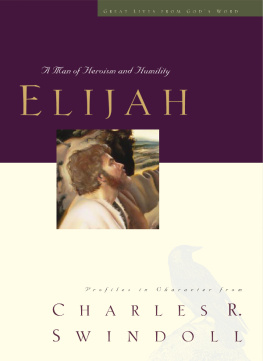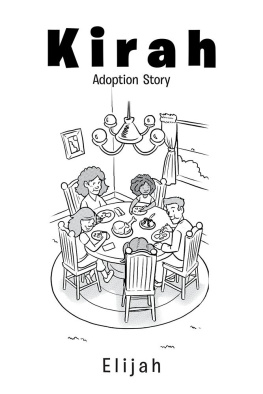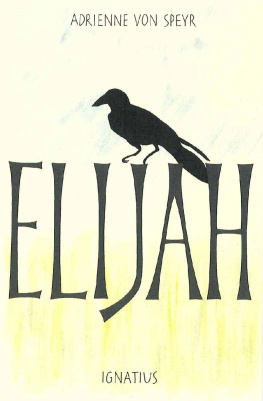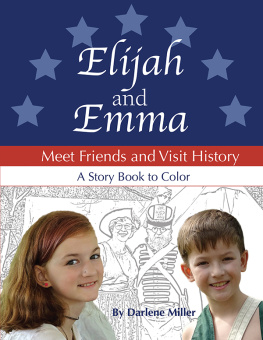The White Indian Boy
Elijah Nicholas Wilson
Published by Conestoga Books, 2018.
Copyright
The White Indian Boy: The Story of Uncle Nick Among the Shoshones by Elijah Nicholas Wilson. First published in 1919.
Annotated edition Copyright 2018 by Conestoga Books.
All rights reserved.
ISBN: 978-0-359-21843-1.
Image next page: Interior of Fort Laramie , c.1858-60 by Alfred Jacob Miller (1810-1874).

Pioneer Days
I WAS BORN IN ILLINOIS in 1842. I crossed the plains by ox team and came to Utah in 1850. My parents settled in Grantsville, a pioneer village just south of the Great Salt Lake. To protect themselves from the Indians, the settlers grouped their houses close together and built a high wall all around them. Some of the men would stand guard while others worked in the fields. The cattle had to be herded very closely during the day, and corralled at night with a strong guard to keep them from being stolen. But even with all our watchfulness we lost a good many of them. The Indians would steal in and drive our horses and cows away and kill them. Sometimes they killed the people, too.
We built a log schoolhouse in the center of our fort, and near it we erected a very high pole, up which we could run a white flag as a signal if the Indians attempted to run off our cattle, or attack the town or the men in the fields. In this log schoolhouse two old men would stay, taking turns at watching and giving signals when necessary, by raising the flag in the daytime, or by beating a drum at night. For we had in the schoolhouse a big bass drum to rouse the people, and if the Indians made a raid, one of the guards would thump on the old thing.
When the people heard the drum, all the women and children were supposed to rush for the schoolhouse and the men would hurry for the cow corral or take their places along the wall. Often in the dead hours of the night when we were quietly sleeping, we would be startled by the booming old drum. Then you would hear the youngsters coming and squalling from every direction. You bet I was there too. Yes, sir, many is the time I have run for that old schoolhouse clinging to my mothers apron and bawling like sixty; for we all expected to be filled with arrows before we could get there. We could not go outside of the wall without endangering our lives, and when we would lie down at night, we never knew what would happen before morning.
The savages that gave us the most trouble were called Gosiutes. They lived in the deserts of Utah and Nevada. Many of them had been banished into the desert from other tribes because of crimes they had committed. The Gosiutes were a mixed breed of good and bad Indians. [Gosiutes or Goshutes was the name given to scattered bands of Indians living in the deserts of western Utah and eastern Nevada. Go in this Indian dialect is said to mean desert or waste place; hence Gosiutes would mean desert Utes] .
They were always poorly clad. In the summer they went almost naked; but in winter they dressed themselves in robes made by twisting and tying rabbit skins together. These robes were generally all they had to wear during the day and all they had to sleep in at night.
They often went hungry, too. The desert had but little food to give them. They found some edible roots, the sego [A plant of lily family common throughout the mountains and valleys of the West. It grows from a small onion-like bulb, generally found about eight inches in the ground. This bulb was used by the Indians for food. The Utah pioneers, learning of this native food from the Indians, also used it in early days when provisions were scarce. The sego lily is Utahs State flower. It blooms in the latter part of May, and is used extensively on Decoration Day. A spring pastime of children in the Old West was sego digging and gathering sego lilies] , and tintic, which is a kind of Indian potato, like the artichoke; they gathered sunflower and balzamoriza [the spring sunflower] seeds, and a few berries. The pitch pine tree gave them pine nuts; and for meat they killed rabbits, prairie dogs, mice, lizards, and even snakes. Once in a great while they got a deer or an antelope. The poor savages had a cold and hungry time of it; we could hardly blame them for stealing our cattle and horses to eat.
Yes, they ate horses, too [ the Indians considered horsemeat a delicacy; it was not something they ate too] . That was the reason they had no ponies, as did the Bannocks and Shoshones [sometimes spelled Shoshoni, the name applied generally to Indians of Utah, Idaho, and Western Wyoming, and some parts of Eastern Nevada. Southern Shoshones were usually spoken of as the Ute tribe. Shoshone means Snake; the Shoshones were commonly called the Snake Indians by the other tribes and the early pioneers of the West] and other tribes. The Gosiutes wandered afoot over the deserts, but this made them great runners. It is said that Yarabe, one of these Indians, once won a wager by beating the Overland Stage in a race of twenty-five miles over the desert [most likely by taking shortcuts where the stage couldnt travel] . Swift runners like this would slip in and chase away our animals, driving them off and killing them. Our men finally captured old Umbaginny and some other bad Indians that were making the mischief, and made an example of them.

Following image: Shoshone Indians at a Mountain Lake (Lake Fremont), by Alfred Jacob Miller.

A FTER THIS THEY DID not trouble us so much, but the settlements were in constant fear and excitement. One incident connected with my father shows this. Our herd boys were returning from Stansbury Island, in the Great Salt Lake, where many cattle were kept. On their way home they met a band of friendly Indians. The boys, in fun, proposed that the Indians chase them into town, firing a few shots to make it seem like a real attack. The Indians agreed, and the chase began. My father saw them coming and grabbed his gun. Before the white jokers could stop him and explain, he had shot down the head Indians horse. It took fifty sacks of flour to pay for their fun. The Indians demanded a hundred sacks, but they finally agreed to take half that amount and call things square.
Some of the Indians grew in time to be warm friends with us, and when they did become so, they would help protect us from the wild Indians. At one time Harrison Sevier, a pioneer of Grantsville, was out in the canyon getting wood. Captain Jack, a chief of the Gosiutes, was with him. Some wild Indians attacked Sevier and would have killed him, but Captain Jack sprang to his defense and beat back the murderous Indians. The chief had most of his clothes torn off and was badly bruised in the fight, but he saved his white friend. Not all the Gosiutes were savages. Old Tabby [tabby, lit. Sun] , another of this tribe, was a friend of my father. How he proved his friendship for us I shall tell later.

